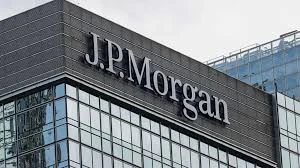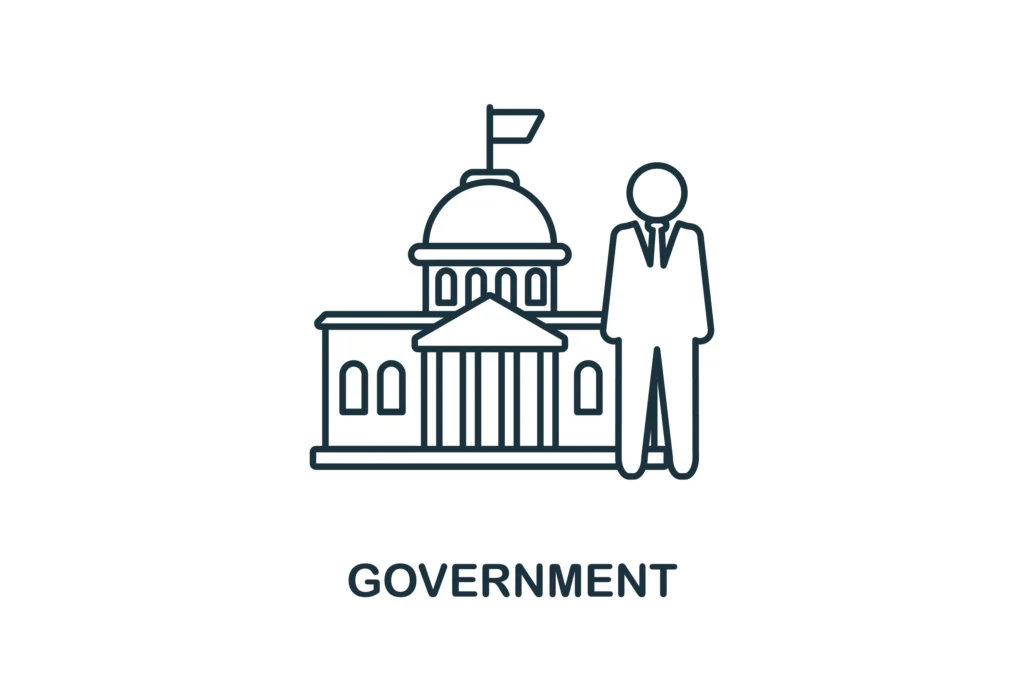Introduction: RWA Is Going Global—Fast
Real-world asset (RWA) tokenization sounded like a crypto buzzword just a few years ago. Now? It’s a global financial movement. Governments are rolling out policy frameworks, pilot programs, and blockchain infrastructure—not to mention trying to attract serious institutional capital. Here’s a look at five countries that are leading the RWA global trend—and what makes each one stand out.


1. Singapore: The Strategic Pioneer in RWA Global Trend
Why It’s Leading:
Singapore is blending regulatory clarity with experimental finance. Through Project Guardian, it’s already running live pilots with tokenized bonds and funds—featuring big names like JPMorgan and DBS.
What Makes It Unique:
- Clear digital asset licensing framework
- Supportive central bank (MAS)
- Strong institutional involvement
Key Focus:
Smart regulation meets high-end experimentation.
One-Liner Takeaway:
Singapore is the sandbox that the world’s biggest banks are actually using.


2. UAE: The Ambitious Innovator
Why It’s Leading:
With agencies like VARA and ADGM, the UAE is pushing hard into RWAs—especially real estate and commodities. It’s using its wealth and strategic location to become a Web3 hub.
What Makes It Unique:
- First-mover licensing in the Middle East
- Tokenized real estate already in motion
- Hosting major blockchain and fintech events
Key Focus:
Post-oil diversification meets token economy.
One-Liner Takeaway:
The UAE is turning oil money into on-chain innovation—and fast.
3. Switzerland: The Legal Veteran
Why It’s Leading:
Switzerland has long been a leader in financial compliance—and it’s using that legacy to legitimize tokenized assets. FINMA was one of the first regulators to issue tokenized securities guidance.
What Makes It Unique:
- Strong legal framework for digital assets
- “Crypto Valley” in Zug attracting startups
- Recognized tokenized equity and debt
Key Focus:
Regulatory certainty + blockchain tech = tokenization you can trust.
One-Liner Takeaway:
Switzerland brings legal teeth to blockchain dreams.


4. Hong Kong: The Speedy Catch-Up
Why It’s Leading:
Hong Kong may have started slow, but it’s now racing to become an Asian digital asset hub. SFC is opening the door to RWA products and tokenized bonds—with ESG features.
What Makes It Unique:
- Strong support from the Hong Kong Monetary Authority
- Licensed platforms for crypto and tokenized securities
- ESG-focused pilots (e.g., tokenized green bonds)
Key Focus:
Combining traditional finance strength with token-based innovation.
One-Liner Takeaway:
Hong Kong may be catching up, but it’s not playing small.
5. Why These Countries? What’s the RWA Appeal?
Governments are chasing RWAs because they offer:
- Efficiency: Faster, cheaper settlement across markets
- Transparency: Better tracking of assets like real estate and art
- Accessibility: Fractional ownership for retail and global investors
- Modernization: A future-proofed version of existing capital markets
And let’s not forget: tokenization gives old-school assets a digital glow-up. It’s easier to market a “tokenized luxury apartment” than a “share in a property trust.”

But It’s Not All Smooth Sailing…
Even as the RWA trend grows, key challenges remain:
- Legal uncertainty across borders
- Interoperability issues between blockchains
- Legacy tech that resists integration
- Scalability concerns for high-value use cases
- Public trust that still needs to be earned
Tokenizing assets is technically complex, and socially sensitive. It’s not just plug-and-play.
Conclusion: The RWA Race Is On—And It’s Global
Some countries are sprinting (Singapore, UAE), others are power walking (Switzerland, Hong Kong), and many are still figuring out their shoes. But one thing’s clear: real-world asset tokenization is here to stay.
So whether you’re a builder, investor, or just watching from the sidelines—pay attention to where the most forward-thinking nations are placing their bets.
Because the future of assets might just be tokenized, fractionalized, and running on-chain.
Relevant Link : Why Countries Are Betting Big on RWA: A Technical Look at the Global Trend



